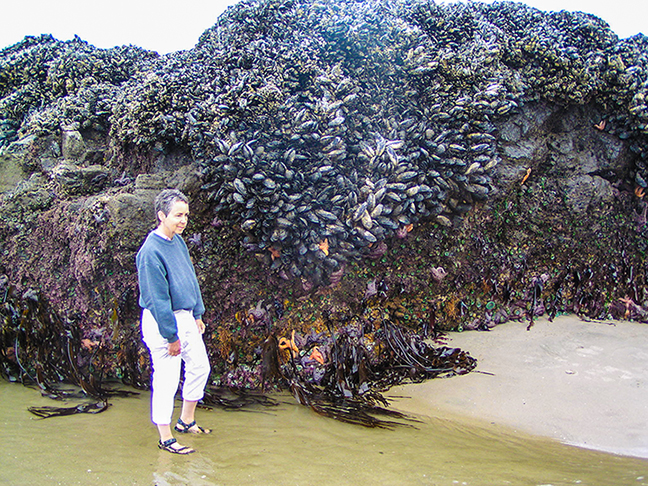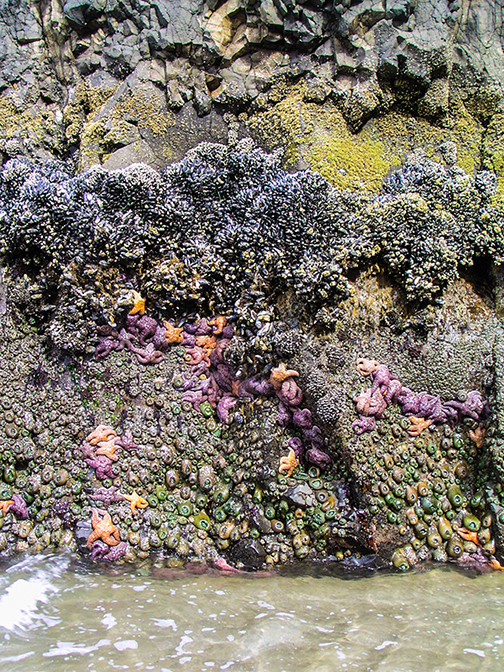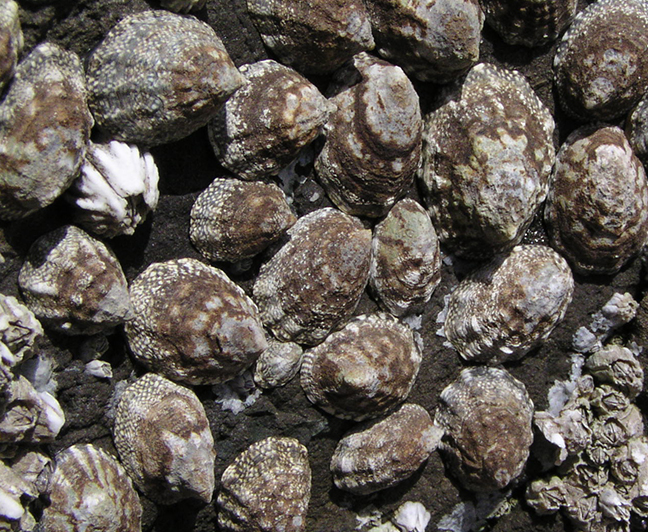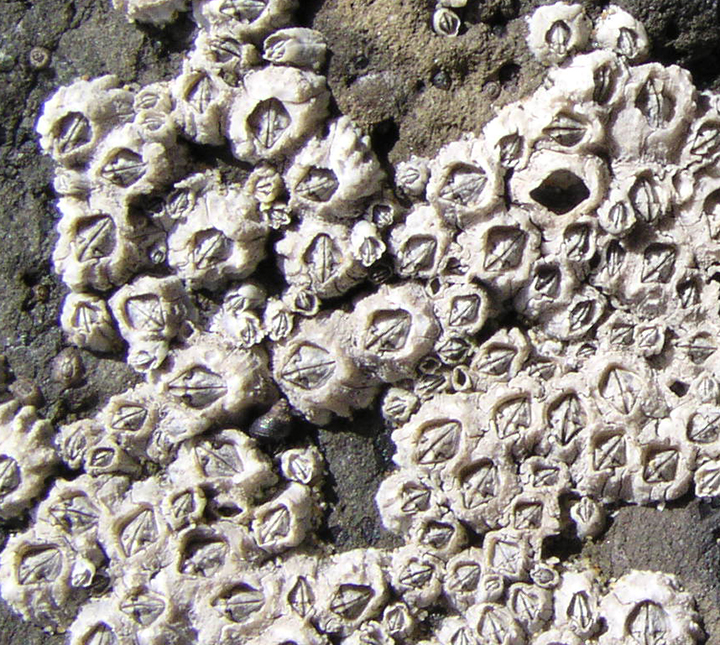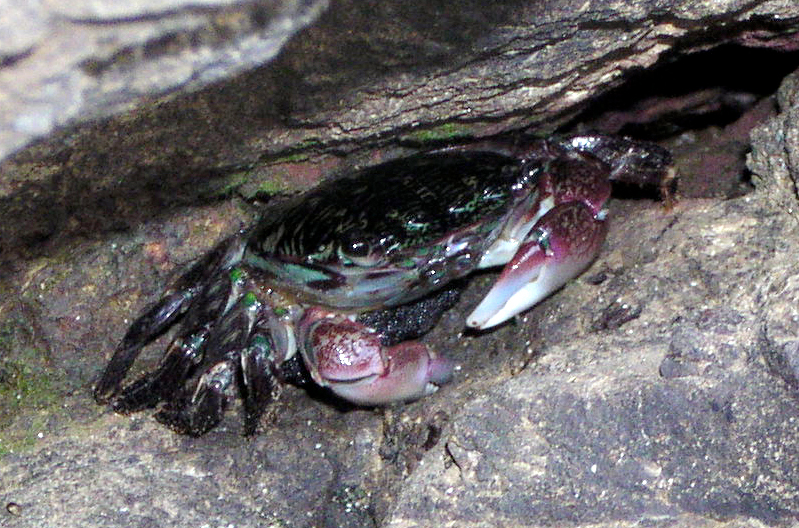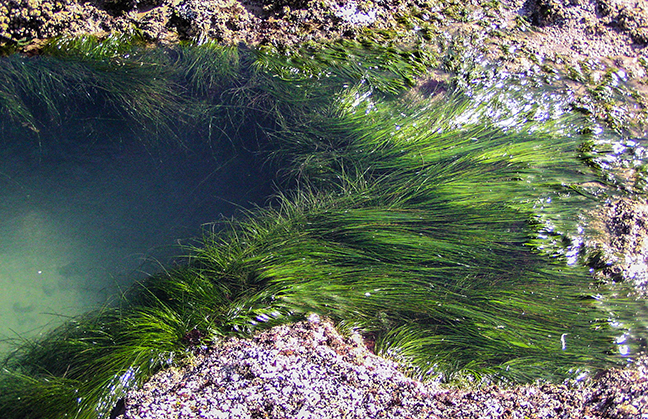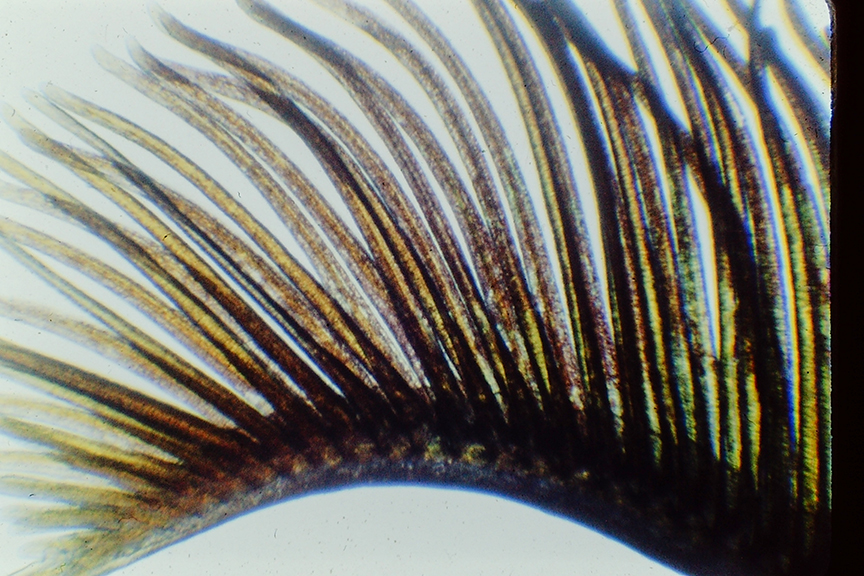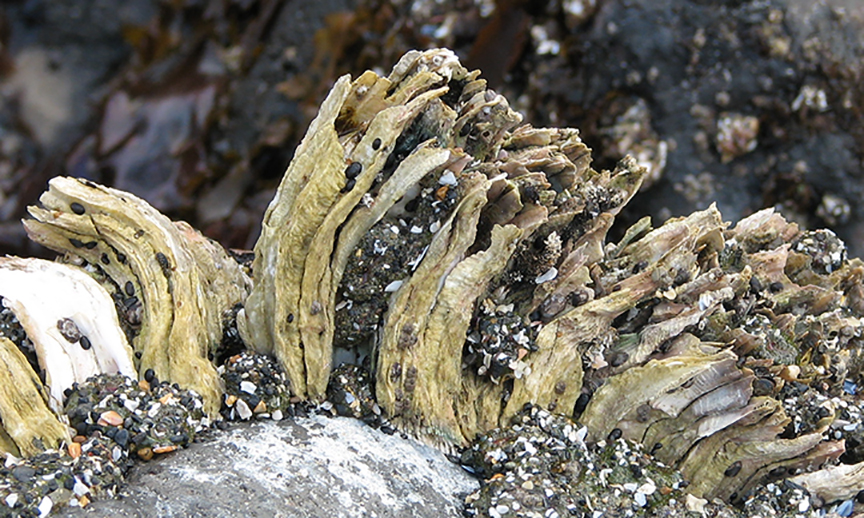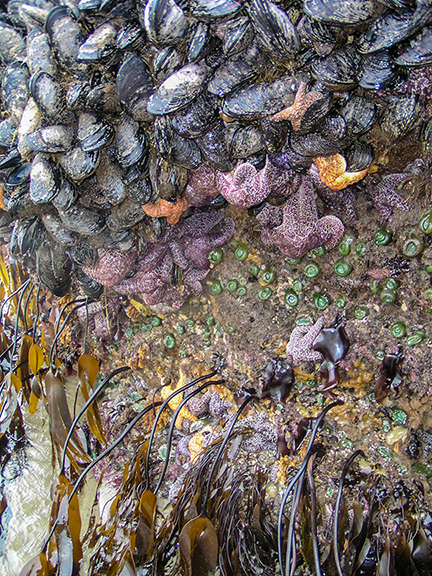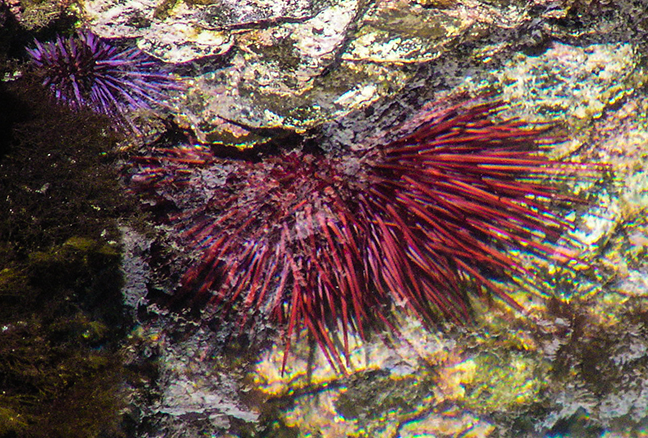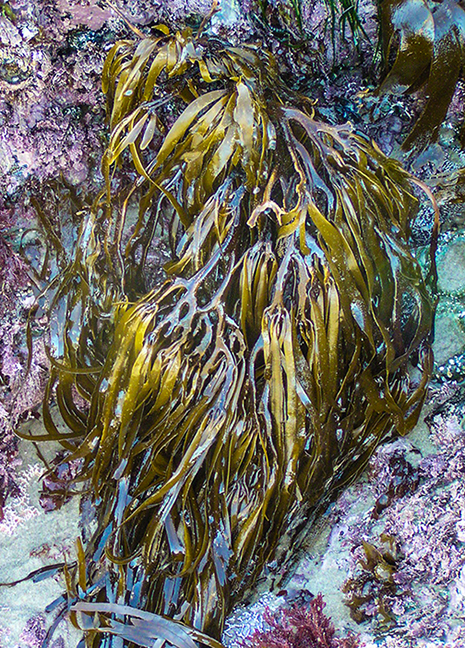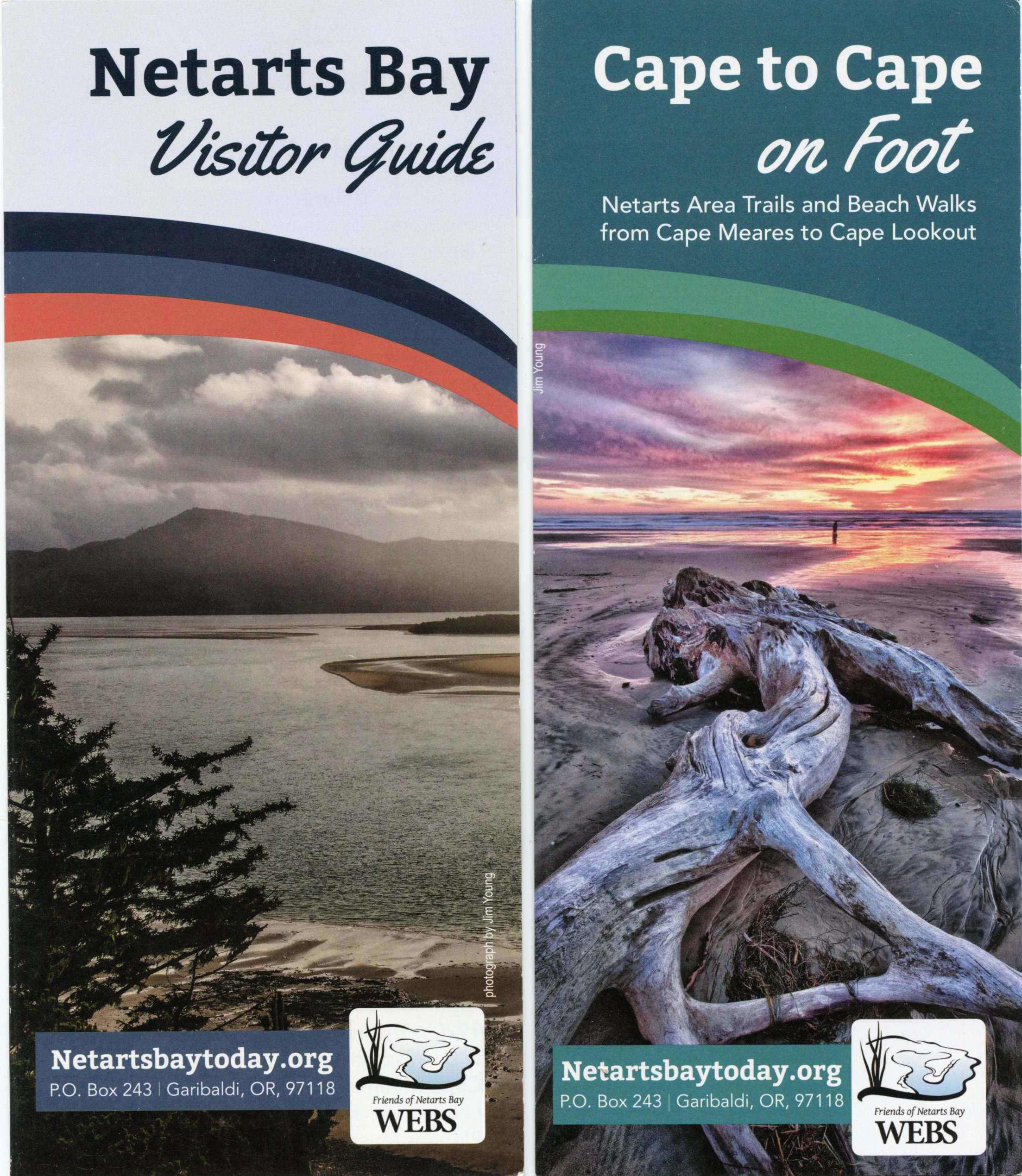These zones are biological phenomena that appear to be related to the rise and fall of the sea, and in attempts to verbally label these stratifications as they relate to tides, they have been given various names by various authors. Historically, these names have differed for different parts of the world, depending on the type and range of tides, size of waves, and other factors such as drying, sunlight, and rain. For anyone really interested, Maxwell Doty (1957) extensively reviewed zonation classifications that were used up to the time of his writing. For our own Pacific coast, some authors have used what is called the “universal scheme” a general pattern for tides around the world set forth in 1949 by T. A. and Anne Stevenson, long-time and world-wide researchers of intertidal dynamics, who divided the intertidal area - the littoral zone - into three subzones: the supralittoral zone, the midlittoral zone, and the infra(=sub)littoral zone, the midlittoral zone covering most of the area. Between the zones they described fringe areas, the supralittoral fringe and the infralittoral fringe, which demark, respectively, the highest of the high tides and the lowest of the low tides. This scheme is complicated. Other authors describe four zones: zones 1, 2, 3, and 4. Gloria Snively in her book Exploring the Seashore in British Columbia, Washington and Oregon (1978) more descripively called them: the spray zone, the high tide zone, the middle tide zone, and the low tide zone. For simplicity, if we really need tags for this biological stratigraphy, I prefer this latter framework. The physical factors that define these zones are:
Spray zone: The highest reaches of the shore where waves splash only during the strongest winter storms at high tides. Otherwise this zone is terrestrial and, except for rain or snow, dry. It is an area influenced mostly by heat, light, wind, and fresh water.
High tide zone: The shoreline just below the spray zone, covered with seawater only during high tides. It also is influenced by temperature, light, wind, and, in addition, water cover and salt content.
Middle tide zone: The part of the seashore covered by the semidiurnal tides twice a day (see the article on tides). Two times a day seaweeds and animals are covered and uncovered by seawater, allowing periodic exposure to air.
Low tide zone: Organisms are almost always covered with seawater and exposed to air only at the lowest of tides. This zone is more stable because the temperature and salinity of the water are fairly constant, much more than the variable physical conditions of air.

